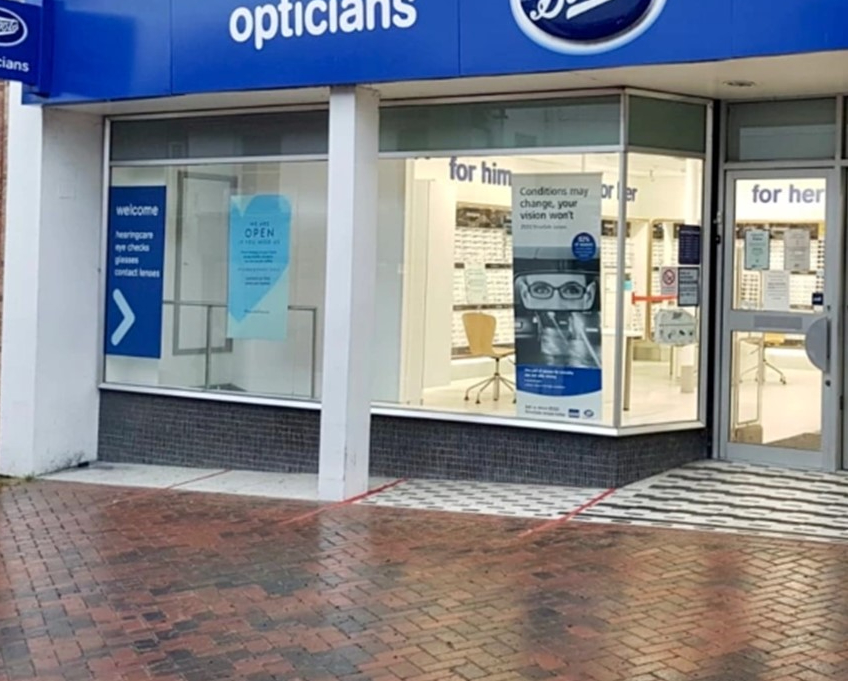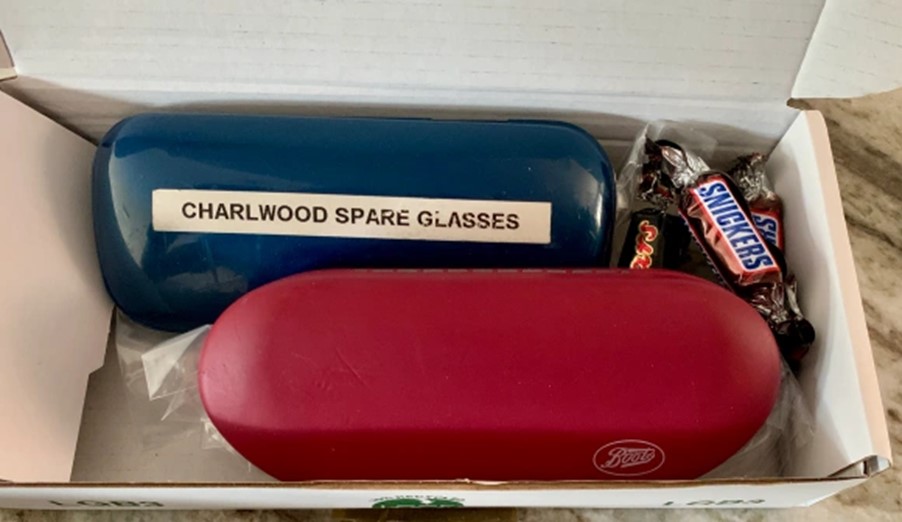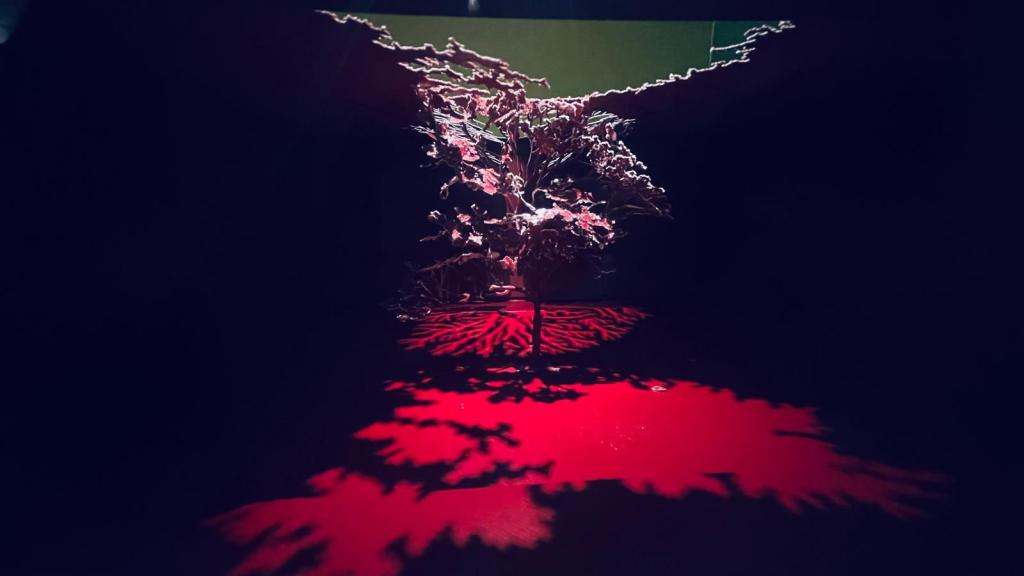In my mid-thirties, I decided to make flying my profession rather than a hobby. I also thought there was no point in training for a basic Commercial Licence; I was going for the full Monty – the Airline Transport Pilot Licence.
Being naturally cautious, I read up on the Civil Aviation Authority’s Class One medical requirements and thought I would meet most of them. Before wasting the not-inconsiderable fee, I decided to have an eye test at my local optician.
It turned out that I needed some correction, as I was astigmatic, so I duly ordered two sets of spectacles (as required under the CAA regulations). Luckily, my eyes have remained relatively stable for many years, and I only needed infrequent changes.
When I did need a change of lenses, I used this as an opportunity to buy new frames – not that I am a dedicated follower of fashion – just that as my hair decided to part company with me, aviator-style teardrop glasses looked a bit odd.
As the years have gone by, my hairline has stabilised at what we aviation professionals describe as “bald as a billiard ball”, but my prescription now changes much more regularly, with presbyopia adding to my astigmatism.
Why am I telling you this?
Well, as with everything, spectacles create waste and impact sustainability!

The Spectacle of Waste
I recently attended my annual sight test at the local branch of well-known high street opticians and, as expected, my prescription had changed, and I needed some additional correction.
Now, I paid a lot of money, relatively speaking, for my last set of glasses, and the frames were comfortable, lightweight, and suited me. They sat comfortably under aviation headsets and weren’t uncomfortable while wearing my motorcycle helmet.
“May I have these frames reglazed with my new lenses, please?” I asked the sales assistant.
“Let me check”, she responded, tapping away at her keyboard. Frowning, she looked up at me, saying, “I’m sorry, but it’s more expensive to reglaze your glasses than to buy a new pair.”
“These frames are only two years old!” I exclaimed, “and I like these ones.”
She squinted at the arm of the glasses, reading the name off. A flurry of further whacking on the keyboard, and she eventually looked up. “Good news – the frame is still a current model.”
“OK,” I said. “How much?”
“”Well, for the first pair, with all of the lens options (Varifocals with photochromic tinted lenses, and anti-glare and anti-scratch coatings), it comes to £407, and the second pair with a plain lens is £165”.
I thought about this for a while – about a nano-second.
“No,” I said firmly. I needed to think about this.
So, if spending almost six hundred quid on new glasses was the cheap option, and reglazing was more expensive, I would consider more affordable frames. I didn’t have the time to select alternative glasses that wouldn’t cost the equivalent of the GDP of a small country, so thanking the staff, I left to return home.
I thought about the incredible waste going on here. A perfectly good frame is essentially being scrapped.
Maybe this was a cosy arrangement among the opticians, as the frames were their own brand, so they were effectively influencing customers to buy new frames.
New spectacles = better turnover = more profit.
An Alternative Solution
A few days later, I was sitting at my laptop with a mug of tea, idly watching two Robins fighting in the garden. I realised I was squinting, so I slipped my glasses on, which improved things significantly, but not 100%. This reminded me that I needed to research the wastefulness of planned obsolescence in the optical trade.
It wasn’t long before I discovered that there was a solution!
A bit of background and statistics – the Spectacle of Waste:
UK opticians and optometrists collected annually about 3.2 million pairs of glasses (which were no longer adequate due to prescription changes).
Vision Aid Overseas, the charity which used to collect these spectacles, no longer accepts them as they can’t make their collection financially viable.
Even so, that is a lot of glasses!
- Suppose that the average cost of a pair of glasses is £150. A staggering £450 million is being thoughtlessly discarded.
- Many spectacle frames are plastic and contribute to the problem of global pollution and climate change.
- Since 2010, the charity Vision Aid Overseas has collected these spectacles, which were then processed to raise funds for improving eye health in developing nations such as Africa.
- This would include recovering precious metals such as gold from spectacle frames, selling on appropriate frames to vintage and retro outlets, and recycling the other components such as lenses and metallic parts. This was until August 2020, when the scheme stopped due to being economically unviable.
- As a result, VAO reports that many people will now just dispose of their redundant spectacles by throwing them in the refuse.

Keeping Your Existing Frames For Longer
I came upon a website for a company based in Watford that specialised in fitting brand-new prescription lenses into existing frames.
Many other companies on the internet provide this service, and a quick search should give you several options to follow up.
The company I chose has no retail outlets and is an optical laboratory producing lenses for the optical industry.
So, I decided to act and get my existing perfectly adequate frames reglazed with my new prescription.
Opting to Update Your Prescription Lenses Online
The process is very straightforward.
Firstly, I registered online, and then, within a couple of days, I was sent a flat-packed cardboard box in the post.
Filling in the enclosed form, I selected my lens type and personal options (Varifocals, photo-chromic, anti-glare and anti-scratch coatings). I also included a copy of my optical prescription.
The last thing to do was to email the company a photograph of me wearing my spectacles so that they could measure my inter-pupil distance. This ensures that the glasses will be a perfect match.
I then put the two frames into the box, and I popped it into the post using their Freepost address.
The following day, I received a friendly email informing me that they had received my frames, including a quote for the reglazing of my lenses.
The quote was exceptional. I could have my primary glasses with all the bells and whistles and a spare with just a plain varifocal lens for £334.75!
A saving of £237.25.
I immediately placed the order, paying online, and a few days later, I received my glasses.
The glasses were an excellent fit!
And the best surprise?
Inside the box, was a handful of chocolates.
This is, without doubt, the best way forward. No waste, money saved, and chocolate!
Go Well!
Top image – by Karolina Grabowska on Pexels.com.
Other images – by Mark Charlwood.






You must be logged in to post a comment.